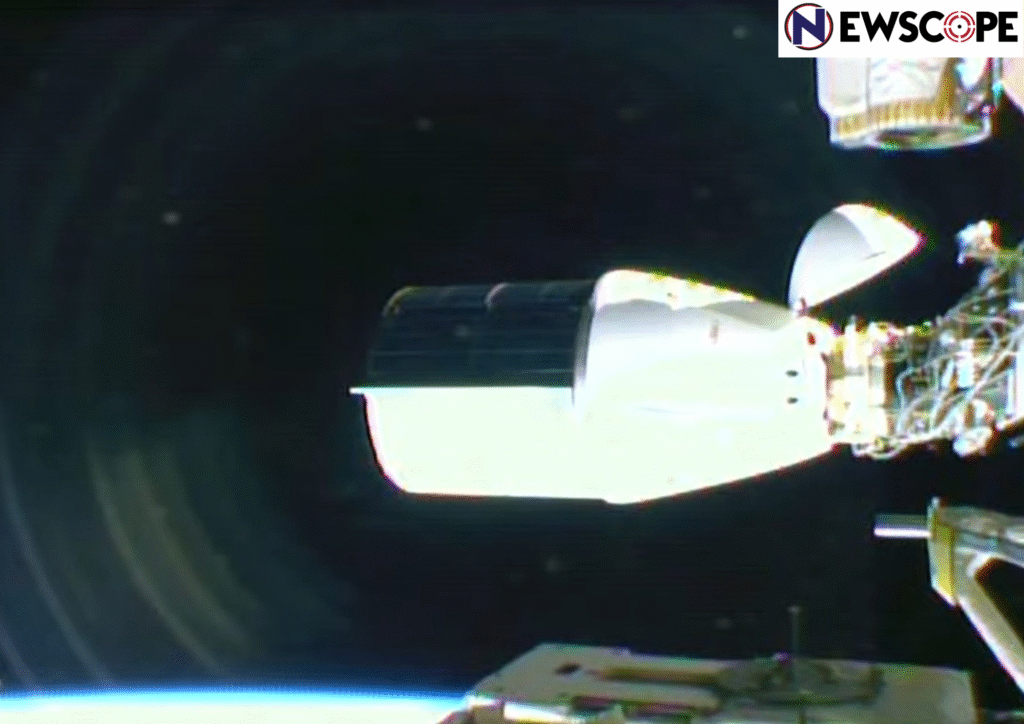SpaceX’s Falcon 9 rocket carried two Indian start-ups satellite (Pixel and Dhruva Space) into the orbit that was launched from Vadenberg Space Force base (California) as part of the National Advanced Optical System (NAOS) rideshare mission.
The company sent three “Firefly” satellites into orbit, bringing its total to six. The satellite can capture Earth’s surface in more than 135 colours of light. It can spot change in agriculture, climate, pollution, natural resources in great detail.
With six satellites in the orbit Pixxel will have daily global coverage.
Dhruva Space, used this launch to showcase innovation in a different way. Its LEAP-1 satellite is like a “testbed” in space. It carries an AI module and a hyperspectral imager, and it also opens the door for other countries—like Australia—to test their own technologies using Indian platforms.
This launch has brought about a huge change.
Until recently, India’s space missions were almost entirely led by ISRO. Now, homegrown startups are taking their place on the global stage, flying on rockets built by one of the world’s biggest private space players—SpaceX.
The Impact will be felt far beyond the labs. Farmers could get better crop advice, disaster teams could track floods or fires more effectively, and scientists could study Earth’s climate with sharper tools.
As both companies prepare for their next steps—Pixxel with its future “Honeybee” satellites and Dhruva with more payload missions—this launch is being celebrated as a milestone that brings India’s private space dream one step closer to reality.
